Smart flower pot with automatic watering, how it works, how it works, how to make it yourself
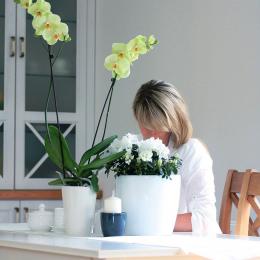
Since ancient times, with the help of plants and flowers, people have sought to decorate their home, create comfort and inspire the interior. But today, with the busy pace of life, not everyone can afford to grow flowers at home. Watering takes a lot of time in caring for plants.
Growth, development and flowering are associated with it. Currently, pots with automatic watering have appeared on the market, which greatly facilitates maintenance.
Content:
- Smart flower pot with automatic watering and its design
- Features of using flower pots with a bottom watering system
- Where to buy self-watering pots for orchids and how to use them
- Several options for arranging do-it-yourself automatic watering systems
- Automatic watering system from a bottle combined with a medical dropper
Smart flower pot with automatic watering and its design
There are only 2 types of containers for automatic watering - a flowerpot and a pot. They differ only in purpose.
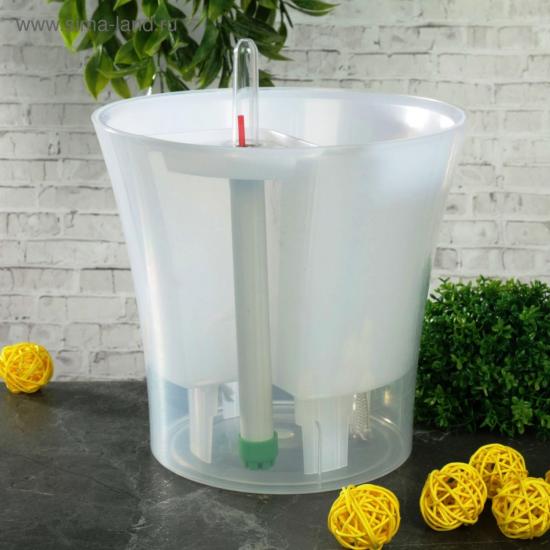
A flowerpot is used for decoration and basically looks like a container in which one or more flowers can be placed. It is made in one piece, without holes for water drainage and does not require a tray. In this case, it is imperative that everything is waterproof.
The material used to make flowerpots can be very diverse, from metal, plastic to ceramics, wood and glass, which is one of the advantages of flowerpots. It can be matched to any interior.
Compared to flowerpots, it has many decorative elements, and is also more stylish and original in design.
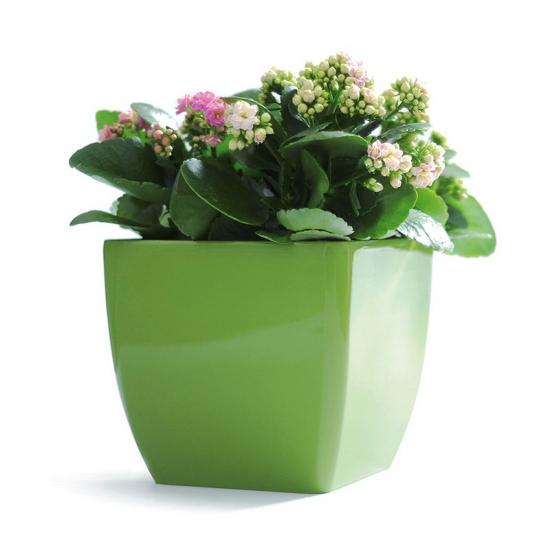
Pots can be used both at home and in decorating the interiors of large rooms (halls, theater foyers, etc.), country houses and building facades.
The pot is used for seedlings of flowers, their growth and provision of watering. The pot must have holes at the bottom to allow excess water to drain out and, of course, a tray.
For automatic watering containers with a double bottom are used. The material used is most often ceramic or plastic. In design, such containers are much simpler than flowerpots and are used mainly at home.
Features of using flower pots with a bottom watering system
One of the options for automatic watering is described above - these are pots or flowerpots with a double bottom. Expanded clay must be placed at the bottom of the container, through which the flower is fed. Water is poured into the second bottom of the pot and through the holes in the pot the plant takes as much liquid as it needs.

In order to determine the water level, special indicator marks are usually placed.
Based on their design, these pots can also be divided into several types:
- The basic type is a pot that is lowered into a container of water that has side spaces designed to replenish the liquid.
- Next, you can use a cone-shaped version, which is inserted into another container or flowerpot and a tube is inserted to add liquid and adjust it.
- There is also a collapsible device for automatic watering. Unlike previous options, it consists of a container for filling with liquid and an indicator tube, but a special barrier separator for the pot is also added.
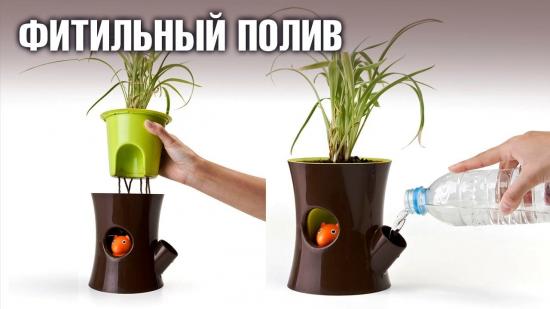
The second option for manufacturing containers with automatic watering is automatic watering using a computer-controlled cartridge. The pot is specially equipped with a block that controls watering in accordance with the type of flower growing in it.
Another option for a container with automatic watering, controlled from a smartphone or tablet. Very convenient and does not create problems in care. From a smartphone or tablet, you can adjust the watering level according to the climate, humidity level in the room and the condition of the plant.
When buying a pot with automatic watering, it is not enough to buy, plant and water. You need to learn how to use it correctly.
When organizing automatic watering, it is very important to use drainage, which will ensure the correct volume of liquid supply and its dosage.

It is also necessary, for each flower individually, to use the appropriate soil. In order to grow and bloom, everyone needs their own atmosphere and, accordingly, a home.
When choosing a pot, you must take into account the size of the planted flower and what it will become in the future.
So, when planting young plants, it is advisable Anduse small containers. And for transplanting adults, you need to choose larger pots, but increase them by 2-4 cm in volume with each transplant.
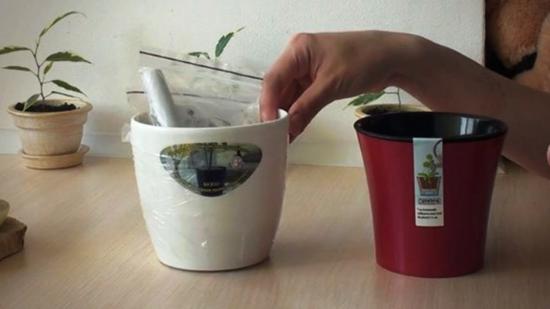
Drainage when transplanting should be approximately 2-3 cm for large plants. Be sure to consider what kind of root system your green pet has.If these are cacti or citrus fruits, narrow and tall pots are ideal, but for violets and geraniums, not deep, wide pots are suitable.
When choosing a flowerpot with automatic watering, you need to consider what flowers will be in it.
Since they are not planted in flowerpots, but ready-made pots are placed - determined by the volume of the pots in it, adding 2-3 cm in width and height and, of course, compliance with the design and interior.
You will learn more about self-watering pots by watching the video:
It’s easy to conclude: like the plant, like the flowerpot.
After the choice is made, you need to plant or transplant the flower in accordance with the instructions and its type. Next, you need to carry out the initial watering, during which you select the optimal level of liquid in the pot or cache-pot.
When the soil is saturated with sufficient moisture, you need to set the liquid level in the indicator.
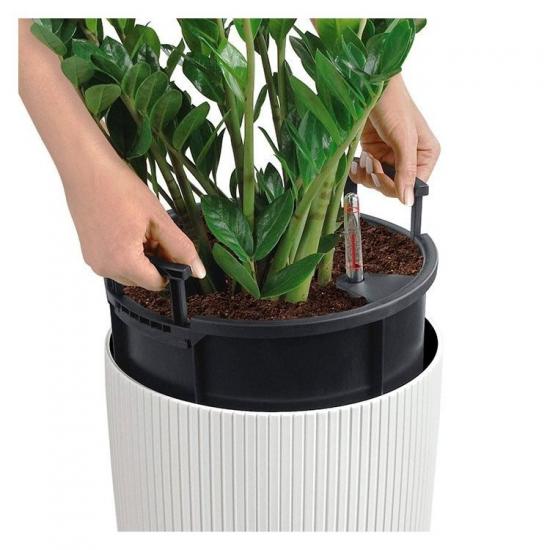
For the first 2-3 weeks, watering should be done only through the soil, and the growth of the root system should be monitored. You can switch to automatic watering of plants only after the roots grow to the lower edge of the soil.
Taking these points into account when organizing automatic watering, you can solve several problems at once:
- moisture getting to the roots;
- temperature regime;
- draining excess liquid after watering;
- reduce the development of diseases associated with excess or incorrect watering;
- constant monitoring of the level of moisture required specifically for this type of plant.
Having managed to organize proper automatic watering in your home, you can safely go on vacation, on a business trip or to the country.
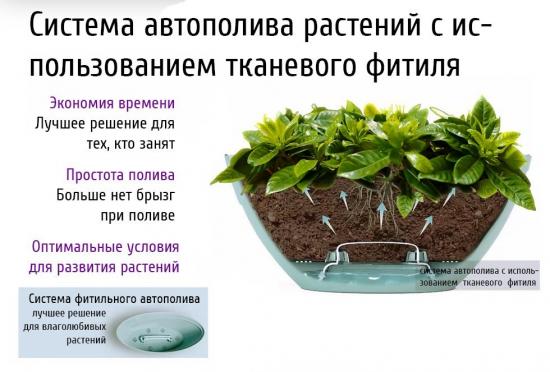
But smart pots with automatic watering also have a number of disadvantages:
- you need to carefully select the container depending on the type of plant;
- difficulty in initial care and during transplantation;
- It is not always possible to choose the optimal size;
- human intervention is still required;
- high price.
If business trips or vacations are not long, and the funds do not allow you to buy expensive pots, then you can build a pot with automatic watering with your own hands.
Self-watering pots for orchids, how to use them
One of the most important conditions for orchid flowering is proper watering of the plants. It is much easier to organize it by purchasing a special pot.
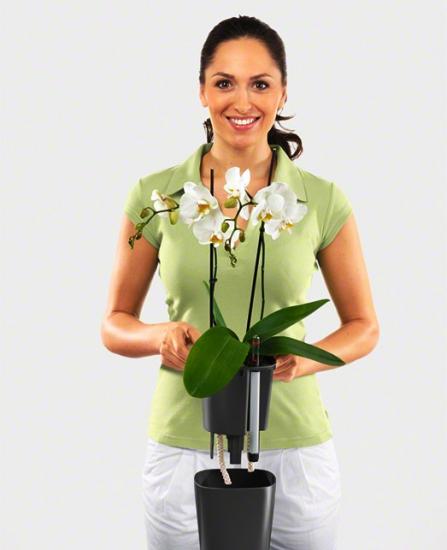
For example, using the LECHUZA automatic watering system, you can provide your orchids with exactly the amount of liquid that the plant needs.
For clarity, let’s watch a video about a smart flower pot with automatic watering:
Several options for arranging do-it-yourself automatic watering systems
The simplest option is with a bottle.
The easiest way to make it is from plastic, but you can use any other bottle. If the bottle is plastic, it is advisable to cut off the bottom in order to freely fill it with liquid in the future.
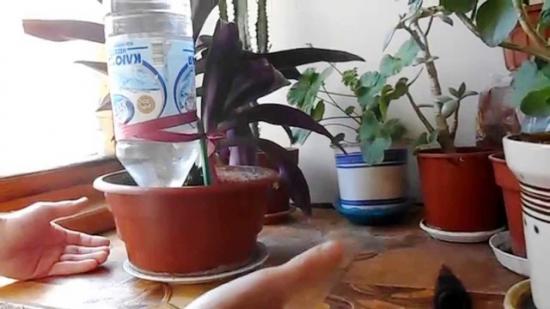
Next, closer to the lid or in the lid itself, you need to make small holes for the outflow of water and fill it a little with soil (about 3-5 cm), depending on the size of the pot. Bury this bottle into the pot to a depth of about 5 cm and fill it with water.
Be sure to pre-water the soil itself so that it is saturated and all the watering liquid is not used up immediately.
Automatic watering system from a bottle combined with a medical dropper
You need to insert one end of the dropper into the bottle stopper, and the other into the soil of the pot. Next, fill the bottle with water and place it over the plants. Then all that remains is to use the drip regulator to adjust the frequency of drip water supply.
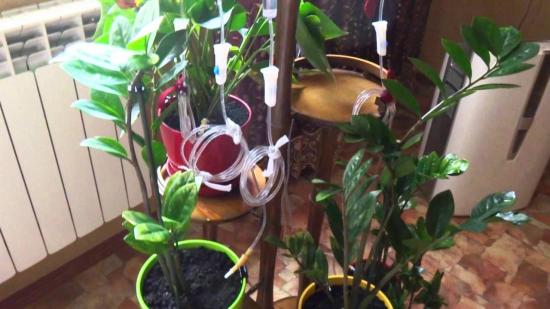
Another option for easy homemade self-watering is watering using twine, rope or cord, based on capillary irrigation of plants.
To make this automatic watering you need a container for liquid and a cord. If there are a lot of plants in the room, you can gather them closer to each other and do complex automatic watering.
The design principle is simple. A cord or rope, synthetic is best, since natural materials can quickly rot, one end is lowered into a container of water, and the other is fixed in the ground.
If there are a lot of plants, then several cords are taken, which are also lowered into a container of water and fixed in more pots. Depending on the type of flower and the need for moisture for its growth, a container of water can be placed above the level of the pots - for more intensive watering, or below - to reduce the supply of moisture.
There are a huge variety of options for smart pots with automatic watering today. You can choose by configuration, the optimal model for a given green pet and interior, as well as focusing on the duration of automatic watering and cost. In any case, the choice is up to amateur flower growers.
Reviews from a florist about flower pots with a double bottom, as well as a detailed description of the purchased pot and the principle of its operation - in the video:

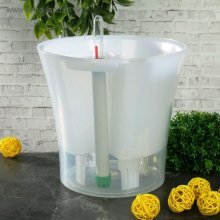

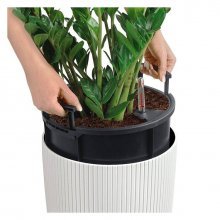
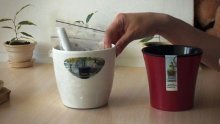
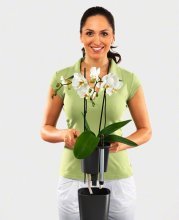
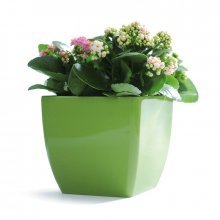
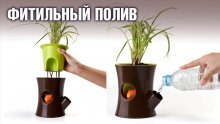
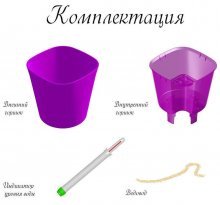
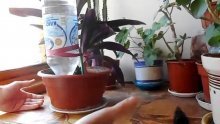
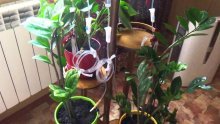
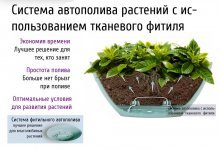
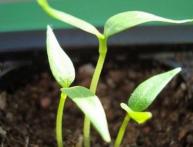
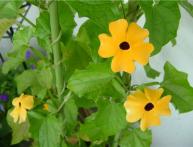

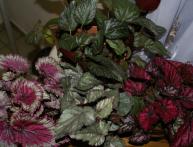

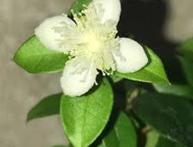
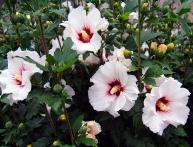
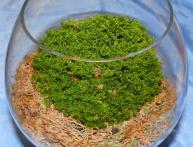
Comments
A necessary invention for those who often leave home and have no one to water the flowers. These pots are probably not cheap. There are also folk methods on how you can water flowers without human intervention while you are away. If you rarely leave, for example once a year for 2 weeks at sea, you can use it.